“From The Lion King to Titanic: Flaws Exist in Every Film

Movies transport us into fantastical realms, whether they’re romantic love stories, science fiction epics, or spine-tingling horror adventures. On the silver screen, everything appears seamless, but behind the scenes, the filmmaking process rarely goes off without a hitch. The result? A plethora of amusing bloopers. Get ready to tickle your funny bone as we recount some of the most humorous errors in cinematic history.
When we watch movies, we often hit pause to examine or share something amusing or intriguing with friends. Surprisingly, pausing movies isn’t as rare as one might think. Many confess to those moments when they couldn’t resist pausing a scene, whether they feel proud or slightly embarrassed about it.
In the next pages, we present several paused movie scenes that people secretly admit to pausing.
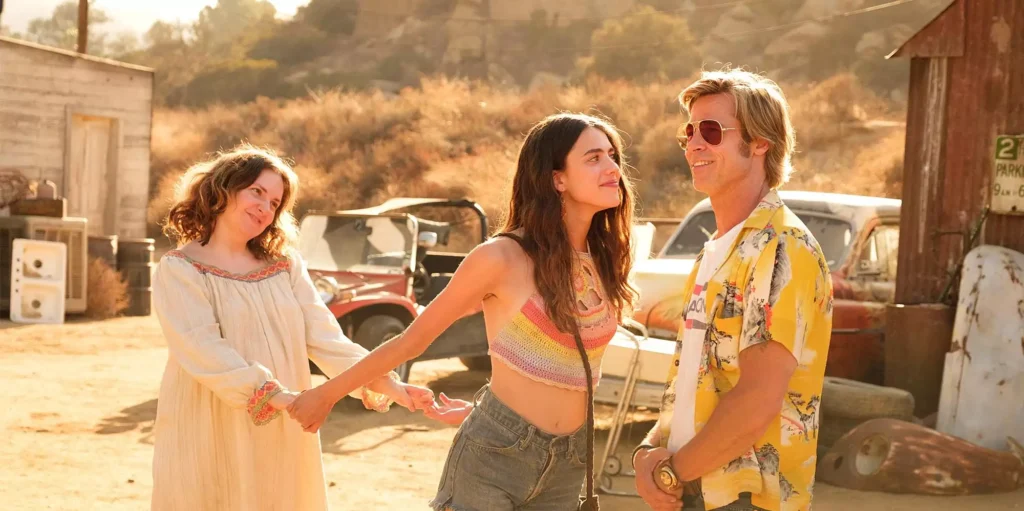
1. Once Upon a Time in Hollywood
In 2019, Quentin Tarantino made a triumphant return as the director of his latest creation, “Once Upon a Time in Hollywood.” The film boasts an ensemble cast, featuring luminaries like Margot Robbie, Brad Pitt, and Leonardo DiCaprio. It narrates the tale of a movie star and his stunt double navigating the evolving Hollywood landscape as it bids farewell to its golden era.
However, amidst a climactic fight scene, a minuscule detail slipped through the cracks. Bruce Lee and Cliff Booth engage in a showdown where the winner claims victory in a “best two out of three” duel, with a substantial audience in attendance. Oddly enough, in one moment, the spectators are engrossed in the fight, and in the next, they mysteriously vanish. A continuity hiccup!
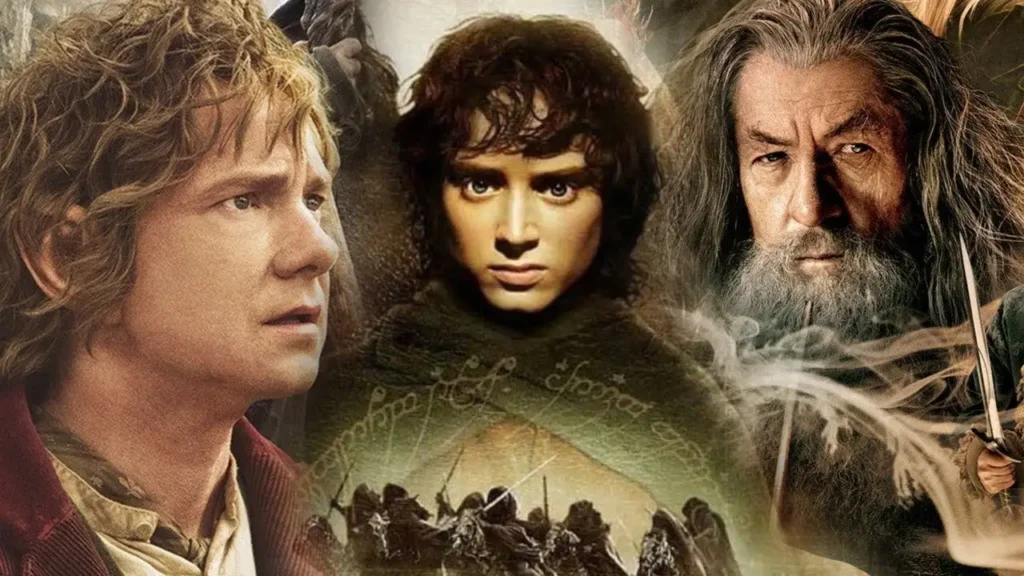
2. Lord of the Rings
Gandalf, the formidable wizard in the “Lord of the Rings” film series, wielded a wide array of magical powers, perhaps more than one would anticipate from his character. In fact, he apparently possessed the power to time travel to a modern era and acquire a fashionable wristwatch.
Yes, you read it correctly. Not many observers noticed this anomaly, but in one scene, Gandalf is sporting a wristwatch. In the grand scheme of things, it’s a minor quirk, considering that the film raked in over $3 billion in revenue and earned a staggering 17 Oscars. So, Gandalf’s wristwatch remains an intriguing (albeit peculiar) detail in the annals of cinematic history.
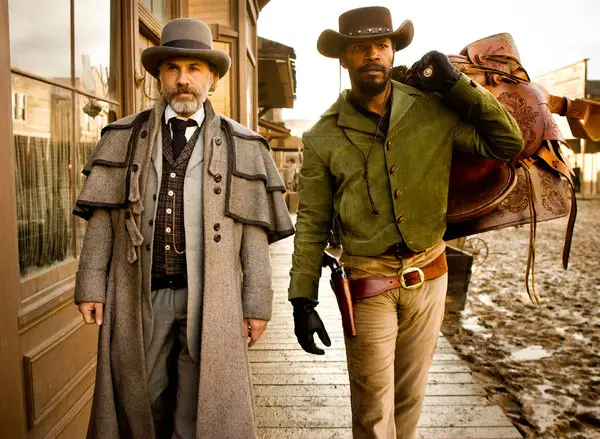
3. Django Unchained
Jamie Foxx’s portrayal of Django in Quentin Tarantino’s “Django Unchained” left an indelible mark on his career. Jamie even lent his equestrian skills by using his own horse in the film, a testament to his unwavering commitment to securing the role. Django embarks on a mission to vanquish slave owners and reunite with his one true love, Broomhilda.
So, what’s amiss in this cinematic gem, you ask? Once again, it hinges on a minute detail. In the movie, Django dons John Lennon-style glasses, a peculiar choice considering the historical context. If we delve into the annals of history, we’ll discover that such sunglasses did not exist during the Wild West era. While not a critical error, it’s undoubtedly a factual misstep. Here’s another ponderance: would Django have exuded the same coolness without those shades?
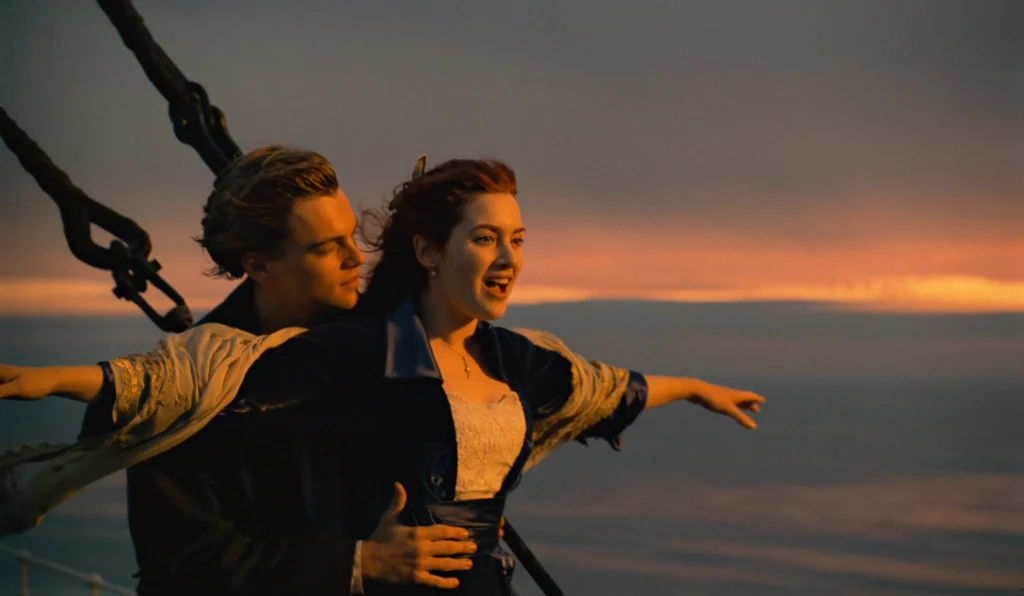
4. Titanic
Leonardo DiCaprio’s portrayal of Jack in “Titanic” ignited a global frenzy among admirers. When he embarked on this role, he wasn’t the worldwide sensation he is today, but his youthful charm and handsome visage swiftly won over countless hearts. While it might not have been his magnum opus, it certainly marked a memorable start.
However, amidst the adoration, critics couldn’t help but question a segment of the script. We’re not referring to a glaring gaffe by the actor himself, but rather a research oversight by the writers. In the film, Jack reminisces about hiking with his father on Lake Wissota. The hiccup? Lake Wissota is a man-made reservoir created in 1917, whereas the Titanic met its fate in 1912. Unless Jack possessed time-traveling abilities, his lake-side escapade was a historical impossibility.
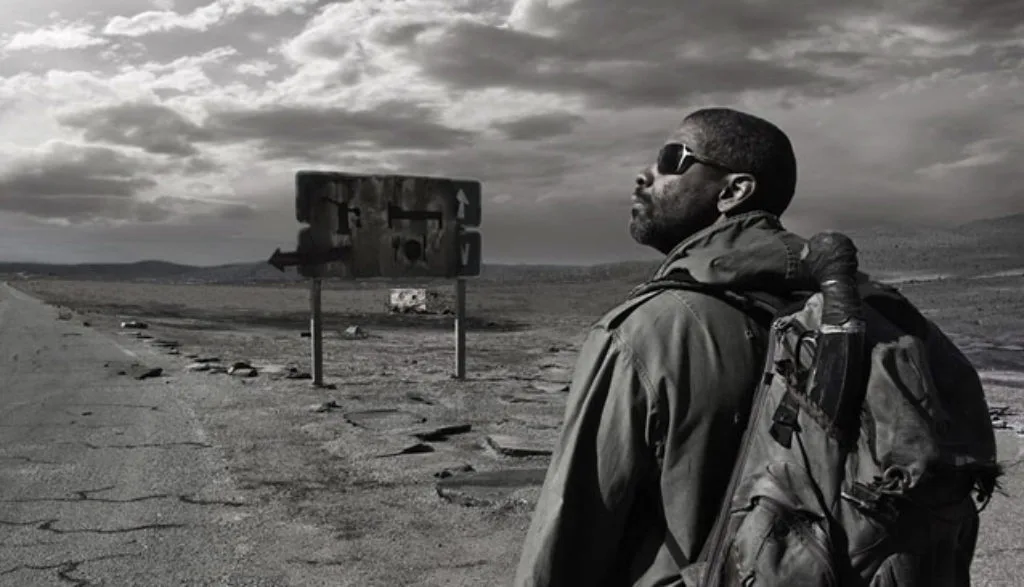
5. The Book of Eli
“The Book of Eli” continues to captivate audiences with its compelling narrative and Denzel Washington’s formidable acting prowess. Denzel portrays a nomadic warrior entrusted with safeguarding the last remaining Bible and delivering it to a secure sanctuary. The film resonated with viewers due to its profound message, swiftly ascending to blockbuster status. However, there was a notable, albeit minor, hiccup.
The Bible featured in the film was written in Braille, a format that significantly augments its size. Instead of a single book, it would comprise around forty volumes. Surely, even the legendary Denzel Washington couldn’t bear such a weight. While a relatively minor inaccuracy, it’s overshadowed by the film’s overall brilliance, causing audiences to overlook this factual quirk.
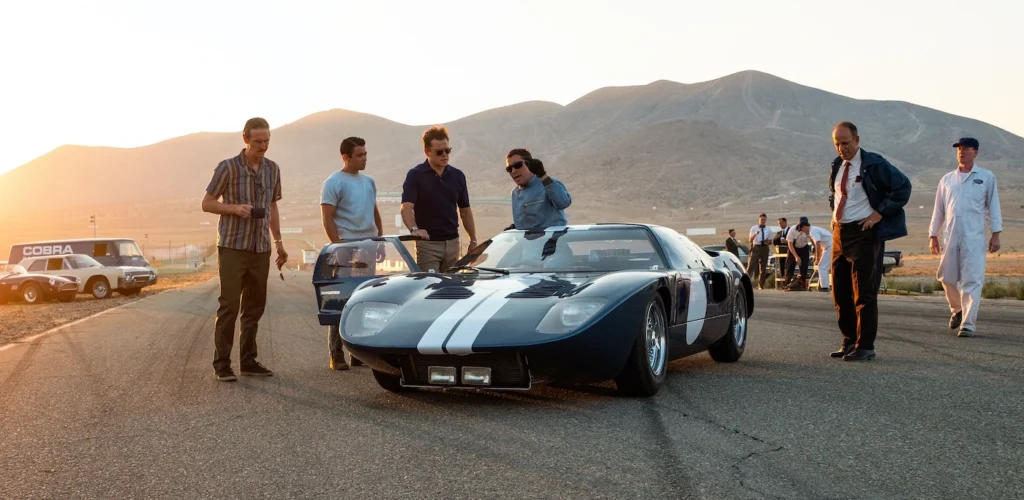
6. Ford v Ferrari
“Ford v Ferrari” chronicles the epic showdown between two automotive giants as Ford endeavors to dethrone Ferrari by crafting a car that could conquer the grueling 24 Hours of Le Mans. However, a significant oversight lurks within the film’s narrative. It neglects a year of competition in which Ford incurred defeat before ultimately prevailing.
In the film, we witness a solitary loss by Ford, followed by their triumphant return in 1966. In actuality, Ford faced two consecutive defeats: one in 1964 and another in 1965. Only after their second loss did they manage to secure victory. While the film isn’t entirely faithful to historical events, it encapsulates the essence of the rivalry, recognizing that cinematic narratives often diverge from reality.
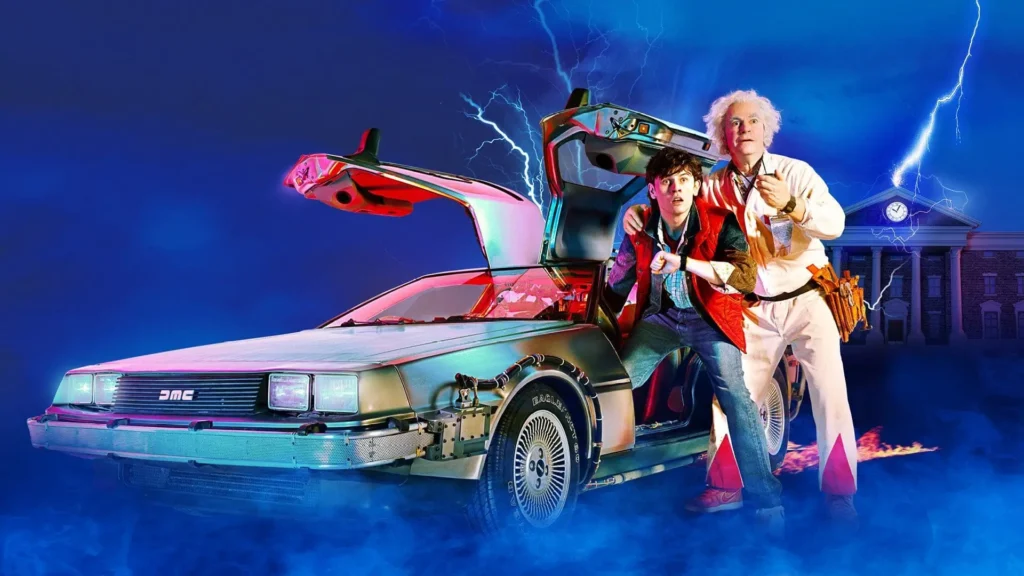
7. Back to the Future
“Back to the Future” stands as one of cinema’s iconic masterpieces, renowned for its prescient technological predictions. Virtually every detail mentioned in the film eventually materialized in reality, with one notable exception – the eagerly anticipated hoverboards. We’ll set that aside and focus on another detail.
Not every facet of the film received the same level of meticulous consideration. Remember the scene where Marty wields a guitar in the 1950s? Well, the guitar model in question didn’t debut until three years after the movie’s temporal setting. An oversight, perhaps, but considering Marty’s time-traveling escapades, we can speculate that he brought the guitar with him from the future. Who knows?
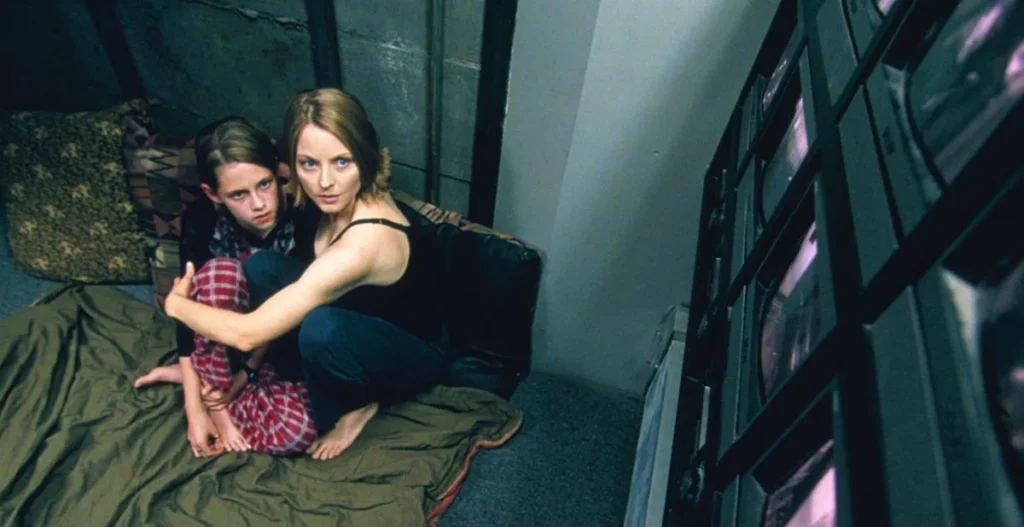
8. Panic Room
In the suspenseful thriller “Panic Room,” Jodie Foster and Kristen Stewart find themselves trapped by the menacing Jared Leto. In one intense scene, Jodie Foster resorts to lighting propane as a desperate escape tactic. This choice is somewhat bizarre, but it’s a creative attempt, nevertheless.
However, the film fails to account for a fundamental scientific principle – propane is heavier than air and would remain close to the ground, not rise to the ceiling as portrayed in the movie. The outcome would likely have involved fire, and Jared Leto would have had the upper hand, albeit in a calamitous way. When depicting such scenarios, adhering to physics is paramount.

9. Independence Day
“Independence Day” is a movie that tends to evoke strong opinions; some adore it while others despise it. Either way, the film centers around an extraterrestrial invasion of planet Earth. Throughout the movie, we witness famous global landmarks either obliterated or engulfed by alien spacecraft. This concept is fairly standard, isn’t it?
However, there’s a particular scene where the Empire State Building undergoes a similar ordeal with an alien spaceship. In the film, the building appears to be situated at the end of a lengthy road before succumbing to the alien invaders. Yet, anyone familiar with the Empire State Building’s location knows this isn’t accurate. In reality, the building is positioned in the middle of a street, not at the terminus of a long road. Although a minor error, it’s one that cannot be overlooked.

10. The Aviator
Leonardo DiCaprio is well-known for his meticulous approach to preparing for roles, often employing the “method acting” technique to authentically embody characters. This dedication even earned him an Oscar for his performance in “The Revenant.” However, in “The Aviator,” a small oversight occurred during his preparations.
In one scene, Leonardo’s character requests exactly ten chocolate chip cookies. However, this poses a problem as chocolate chip cookies were not introduced until 1938, while the film is set in 1928, a decade before their creation. It’s challenging to conceive a world devoid of chocolate chip cookies, but historically, this was the cas
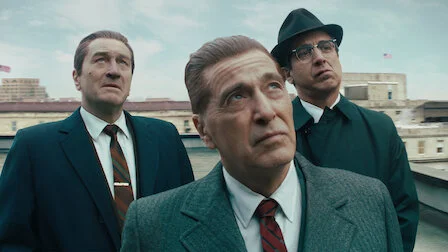
11. The Irishman
Featuring Joe Pesci, Al Pacino, and Robert De Niro, “The Irishman” showcases formidable characters on the silver screen and is based on a true story. Joe Pesci even emerged from retirement to partake in the film, drawn by its compelling narrative.
Given the film’s extensive three-and-a-half-hour duration, numerous scenes were filmed multiple times to ensure perfection. Regrettably, a few imperfections slipped through. Toward the conclusion of the film, Frank makes a call to Jimmy’s wife to offer solace after his passing, but various editing cuts appear to depict Frank’s reactions diverging in each instance. Oops!